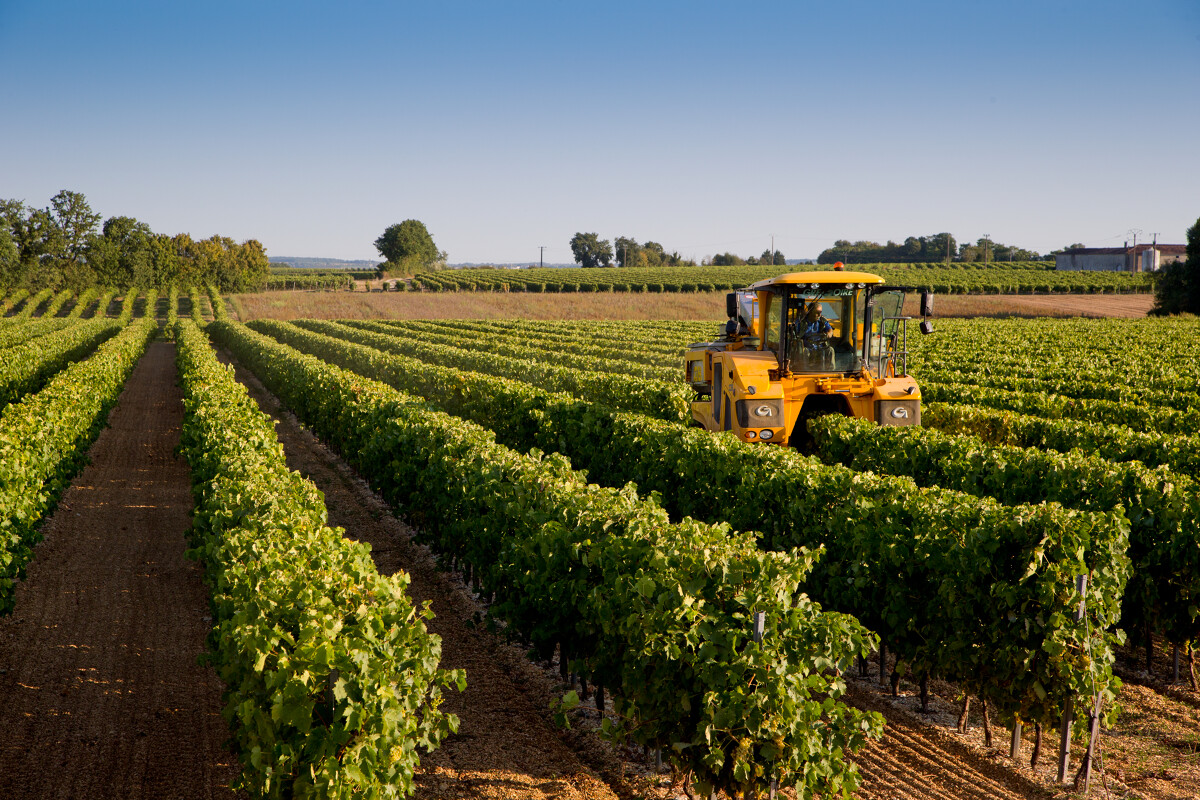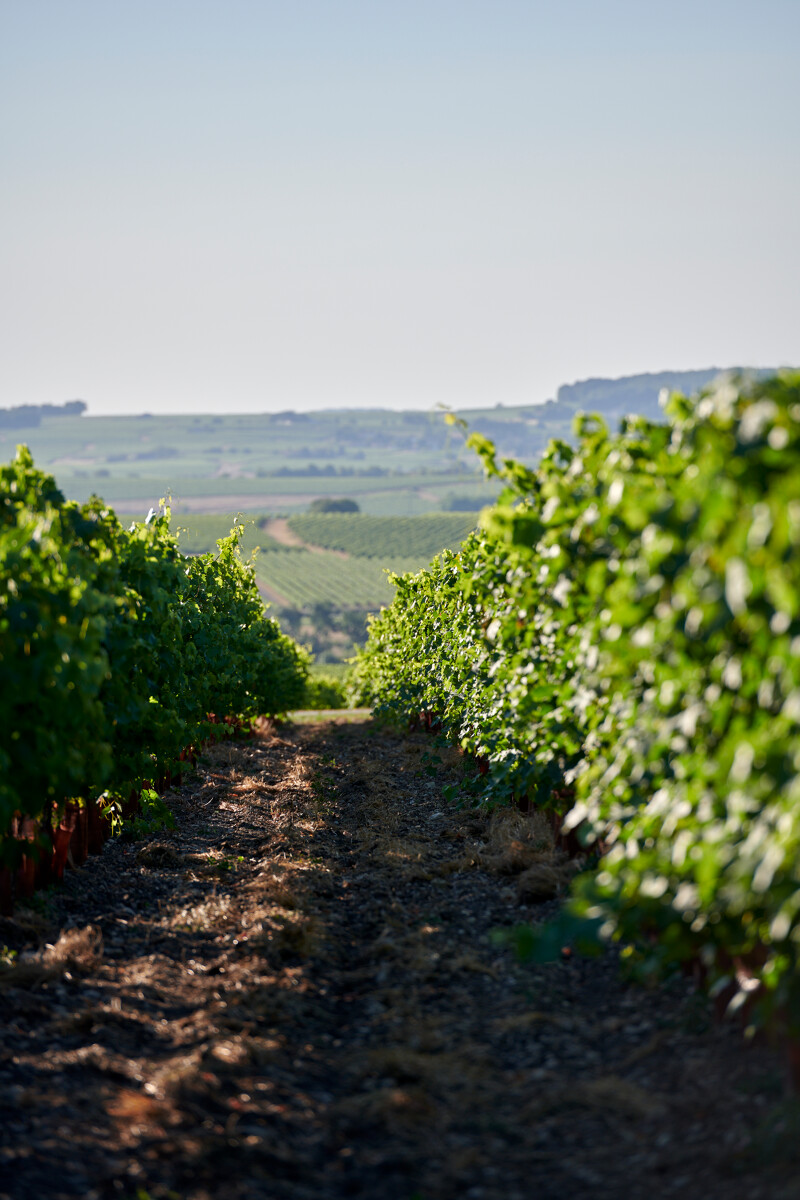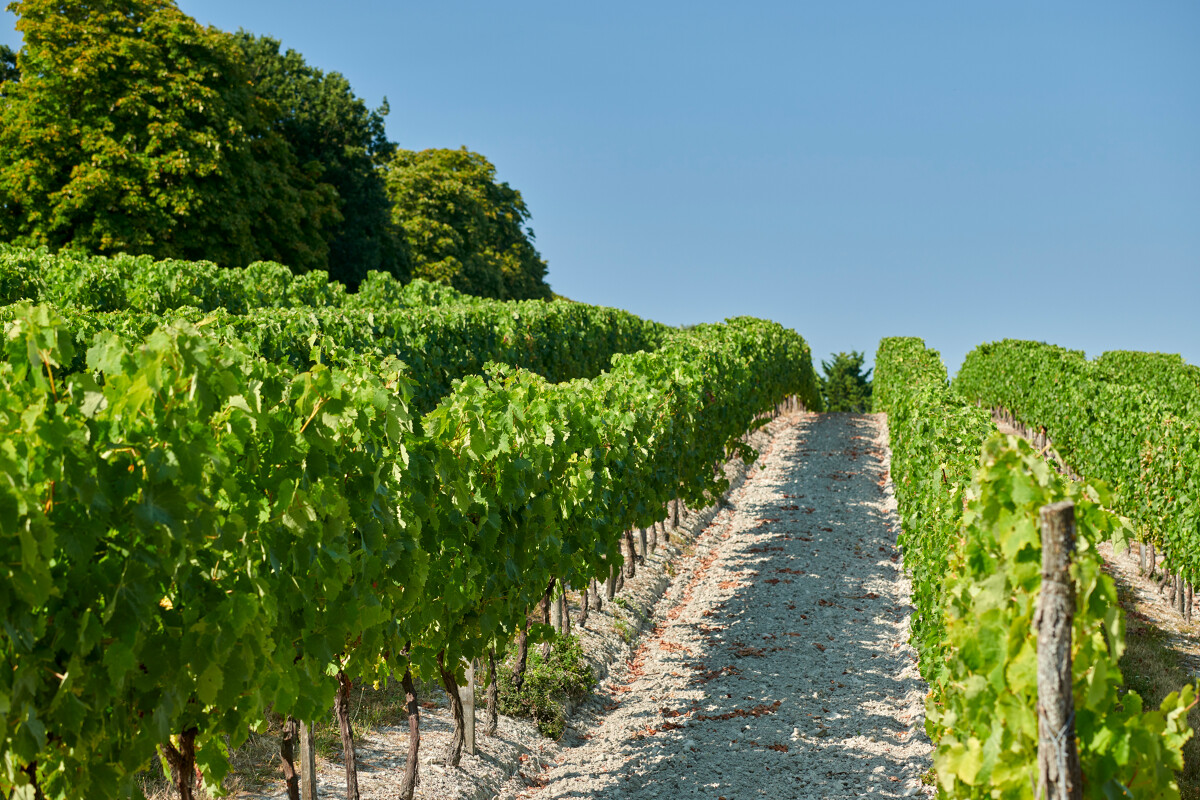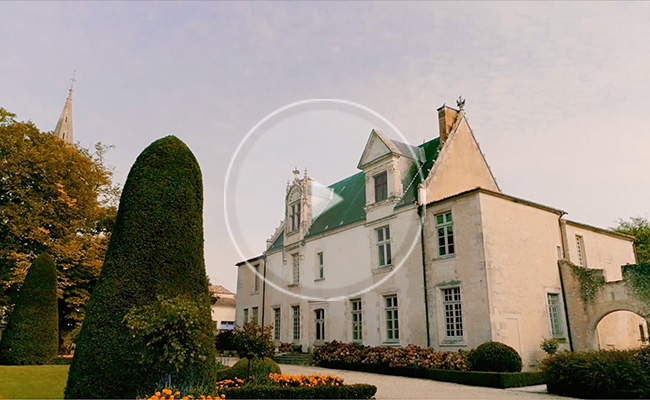A selection of white grape varieties | Origins

From Ugni Blanc to Colombard to Folle Blanche, Montils, Sémillon and Folignan, Cognac is made from white grapes low in sugars and with high acidity to meet the criteria of the Charentais distillation.
Ugni Blanc: the quintessential
Present in over 98% of vineyards in the Cognac geographical indication, this medium-sized, thin-skinned, round grape variety actually originates from Tuscany, Italy. Planted in France, especially for its relative resistance to certain diseases (including grey rot), Ugni Blanc presents numerous advantages for producers.This widely produced grape variety has high acidity and low sugar levels, resulting in a low-alcohol wine (usually less than 10% vol ). Very high acidity is a key advantage, ensuring good natural aging potential. Ugni Blanc’s relatively neutral, well-balanced profile makes it an ideal grape variety for high-quality wine spirits. After distillation, it produces delicate, floral wine spirits with good aging potential while blending with other, more aromatic varieties contributes volume and finesse.

Folle Blanche: the survivor
Folle blanche has been used to make smooth Cognac for centuries. This traditionally dominant grape variety was, unfortunately, one of the primary victims of the phylloxera crisis in the 19th century . More sensitive to disease once it has been grafted, it is no longer the leading grape variety. Representing less than 1% of vines planted, this white grape variety produces low-alcohol wines. It nevertheless remains a unique grape variety, producing well-balanced wine spirits with powerful aromas, released by distillation.In the late 19th century, the phylloxera crisis arrived in the Charente department from North America. This pernicious plant louse in the Hemiptera genus sucked the sap from the vine roots, destroying most of the vineyards.

Colombard: the illustrious
Colombard is one of the oldest surviving grape varieties in the Charente, originally produced there as a cross between Gouais and Chenin. With similar ripening potential to Ugni Blanc, it also features high acidity and low sugar levels. It is usually blended with other grape varieties and appreciated for its powerful aromatic potential, as well as, like Ugni Blanc, its high acidity.Montils: the local grape variety
Montils is primarily grown in the Charentes region for making Pineau des Charentes. Despite displaying similar properties, Montils ripens earlier and has lower acidity compared to Ugni Blanc. While Montils produces high-quality spirits, production remains limited.
Folignan: the up-and-coming grape varietyThe result of a recent cross between Ugni Blanc and Folle Blanche selected by the BNIC Viticulture Unit, this new grape variety features rich aromas but is prone to early ripening and is less resistant than Ugni Blanc. Folignan produces distilled wine spirits with strong floral aromas, such as rose and lilac. It was officially incorporated into the appellation decree in 2005, with an authorized limit of 10%.
STONES AND COGNAC
Silent witness of centuries filled with tales, the Charentes stone illuminates the front of the buildings.







